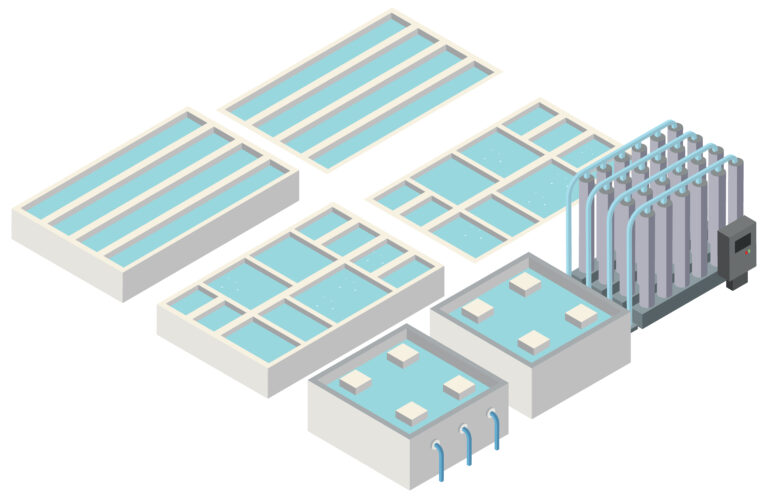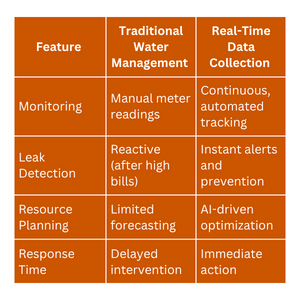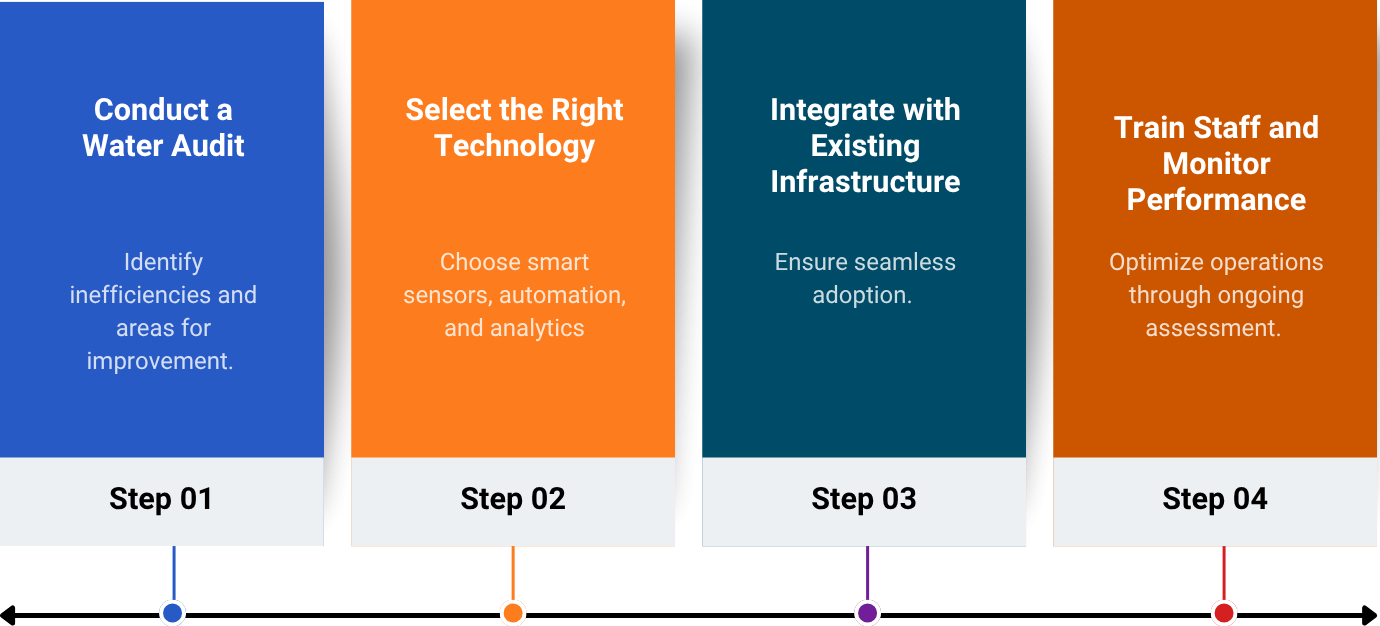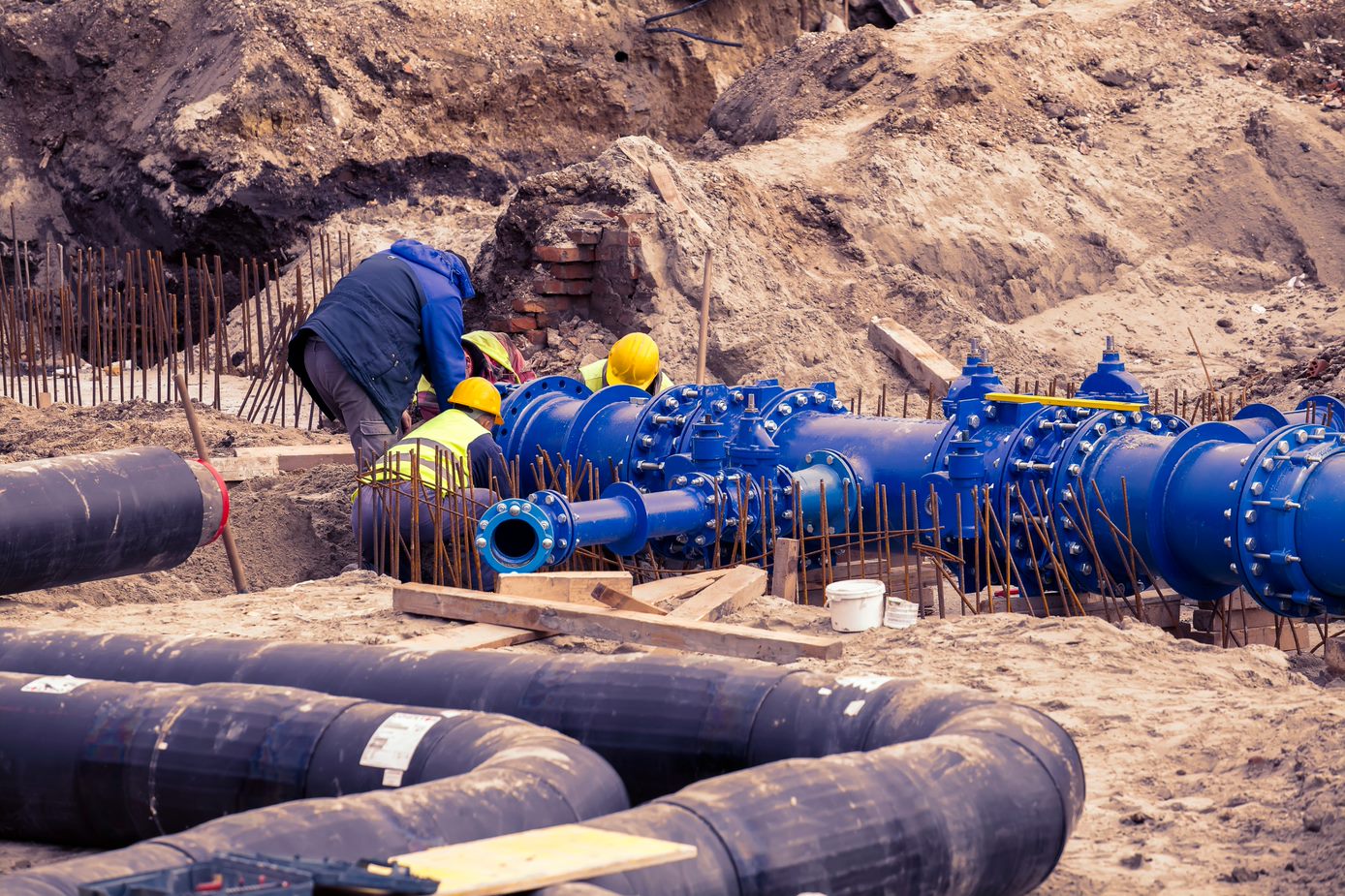-
0 Comments
Conservice is a recognized leader in utility management, providing comprehensive solutions to optimize utility services for residential and commercial properties. One of the critical aspects of utility management is ensuring accurate meter readings. Precision in water metering directly impacts billing accuracy, customer satisfaction, and operational efficiency.
However, outdated water meters and California strict regulations pose an opportunity for collaboration. Aging infrastructure can lead to incorrect readings, resulting in overcharges or undercharges for residents. Additionally, evolving California regulations required a 10%-meter change-out to maintain compliance. To comply with these regulations, Conservice partnered with Phoenix Water Solutions, to provide a seamless, data-driven approach to water utility management and meter infrastructure upgrades.
This case study explores how Conservice and Phoenix Water Solutions implemented a large-scale water meter replacement project across 108 unique locations in Northern and Southern California. Utilizing industry-leading products from Zenner, Neptune, Tahama, Inovonics, Next Century, Mars, and MTW, this collaboration resulted in consistently accurate billing, increased efficiency, and enhanced customer satisfaction.
Addressing Inaccurate Residential Water Meters
Billing Inaccuracies
Aging meters can produce incorrect readings, leading to billing discrepancies that affect both residents and property managers. These inaccuracies could result in:
Overcharges or undercharges for residents, eroding trust in the billing system.
Financial burdens on property managers who would have to resolve disputes and manage manual corrections.
Additional administrative costs associated with inaccurate billing adjustments.
Inconsistent readings also meant that some properties were being charged for excessive consumption while others benefited from artificially low usage rates, creating an imbalance in fair water distribution and overall financial planning for communities.
California Mandates and Compliance
California regulations require a 10% change-out of water meters to ensure compliance with industry standards. This mandate created an urgent need for systematic upgrades. Compliance efforts included:

- Partnering with a register service agency proficient in testing and processing meter documentation.
- Ensuring that meter replacements met California’s stringent requirements.
- Allocating additional time and resources for property managers to oversee meter upgrades.
Failing to meet these compliance standards would not only result in regulatory penalties but could also impact the reputation of property managers and utility service providers. As environmental consciousness and water conservation initiatives gained traction, the demand for high-efficiency, accurate metering solutions became increasingly critical.
Operational Complexities
Replacing water meters across multiple locations posed logistical and operational challenges. Key obstacles included:
Coordinating installations while minimizing disruptions to residents.
Ensuring seamless data transition from old to new meters without compromising accuracy.
Managing scheduling and communication to keep stakeholders informed.
Furthermore, older water meter models often had unique configurations, requiring specialized expertise and planning to ensure a smooth transition to newer, technologically advanced meters. This made the process of standardizing the metering infrastructure more complex and required a highly organized implementation strategy.
The Solution: Partnering with Phoenix Water Solutions
Comprehensive Site Assessment
Before initiating replacements, Conservice and Phoenix Water Solutions conducted thorough site evaluations. These assessments helped:
Identify locations where meter performance was most compromised.
Plan logistical strategies for large-scale replacement efforts.
Anticipate potential installation challenges to streamline execution.
By leveraging advanced diagnostic tools and performance metrics, the teams were able to map out a phased implementation plan that prioritized the most urgent replacements while ensuring a structured, methodical rollout for the entire project.
Efficient & Precise Installation
Phoenix Water Solutions deployed highly trained technicians to execute a structured replacement process. Their approach included:
Systematic scheduling to replace meters with minimal disruption.
Deployment of cutting-edge metering technologies from top manufacturers.
Ensuring quick and efficient installations at each location.
The technicians also provided real-time feedback and testing reports to ensure that the transition from old meters to new systems was completed seamlessly, without gaps in data collection or discrepancies in readings.
Data Integration & Accuracy Verification
To prevent errors in billing, Conservice ensured that all new meters were immediately tested and synchronized with their billing system. This process involved:
Post-installation testing to confirm accurate readings.
Seamless data transfer from legacy systems to the upgraded infrastructure.
Verification checks to eliminate potential discrepancies.
Integration with digital platforms allowed for remote monitoring and analysis of water consumption patterns, enabling predictive maintenance and proactive issue resolution.
Resident Communication & Coordination
Minimizing resident inconvenience was a priority. The project included:
Clear communication strategies, including advance notices and scheduled appointments.
Dedicated support teams to address resident inquiries and concerns.
Proactive outreach to ensure a smooth transition.
By implementing a structured communication plan, Conservice and Phoenix Water Solutions reduced confusion and increased cooperation from residents, ensuring a positive reception of the upgrades.
The Results: Key Benefits & Outcomes
Enhanced
Operational
Efficiency
Well-coordinated installations minimized downtime and disruptions.
Standardized installation processes improved project execution timelines.
More efficient meter management optimized overall utility operations.
Through streamlined operations, property managers were able to allocate resources more effectively, focusing on proactive maintenance rather than reactive issue resolution.
Increased Resident & Property Manager Satisfaction
Transparent, accurate billing restored trust in utility management.
Property managers reported smoother operations with reduced customer complaints.
Proactive communication improved resident engagement.
With enhanced engagement strategies, residents felt more informed and involved in the upgrade process, fostering a more cooperative community environment.
Long-Term
Cost Savings & Sustainability
Modern meters provided more reliable consumption tracking and early leak detection.
Better water management contributed to sustainability goals and conservation efforts.
Future-proofed infrastructure ensured long-term operational resilience.
By integrating advanced technology, Conservice set the stage for a more sustainable and efficient water management system that will serve communities for years to come.
A Scalable Model for Future Meter Upgrades
The successful implementation of this large-scale meter replacement project underscores the benefits of proactive utility management. By partnering with Phoenix Water Solutions, Conservice demonstrated its commitment to innovation, operational excellence, and regulatory compliance.
This initiative serves as a scalable model for other properties facing similar challenges. As utility management continues to evolve, strategic partnerships and technology-driven solutions will play an essential role in advancing efficiency, sustainability, and customer satisfaction.
Looking ahead, Conservice remains dedicated to leveraging advanced metering solutions and industry best practices to optimize water utility services nationwide. With a clear focus on precision, reliability, and customer-centric solutions, the company continues to lead the way in modern utility management.
